The Secrets of the Ancient Egyptian Gods
Ancient Egyptian gods have always been shrouded in mystery, their enigmatic nature captivating the imagination of scholars and enthusiasts alike. These deities, with their intricate mythology and symbolic significance, offer a fascinating glimpse into the beliefs and practices of one of the world's oldest civilizations.
From the dawn of Egyptian civilization, deities such as Atum and Ra held sway over the minds and hearts of the people, evolving into a complex pantheon that reflected the multifaceted nature of their society. The origins of these gods are steeped in ancient lore, each one embodying different aspects of the natural world and human experience.
The symbolism associated with Egyptian gods is rich and profound, with each deity representing specific attributes and powers. Osiris, the god of the afterlife, symbolizes resurrection and regeneration, while Isis embodies motherhood and magic. Horus, the falcon-headed god, represents kingship and protection, while Anubis guides souls through the underworld.
These gods played a crucial role in the daily lives of the ancient Egyptians, influencing everything from agricultural practices to rituals surrounding birth and death. Their presence was felt in every aspect of society, providing guidance, protection, and divine favor to those who worshipped them.
The myths and legends surrounding Egyptian gods are as captivating as they are complex, weaving tales of creation, struggle, and redemption. Stories of epic battles between deities, the journey of the soul in the afterlife, and the eternal struggle between chaos and order paint a vivid picture of the Egyptian worldview.
Temples dedicated to these gods served as centers of worship and cultural expression, with priests performing elaborate rituals to honor and appease the divine beings. The intricate hieroglyphic inscriptions and temple reliefs depicted scenes from mythological stories, immortalizing the gods in art and literature.
The legacy of Egyptian gods endures to this day, their influence seen in modern art, literature, and popular culture. The timeless appeal of these ancient deities continues to inspire awe and fascination, reminding us of the enduring power of myth and symbolism.
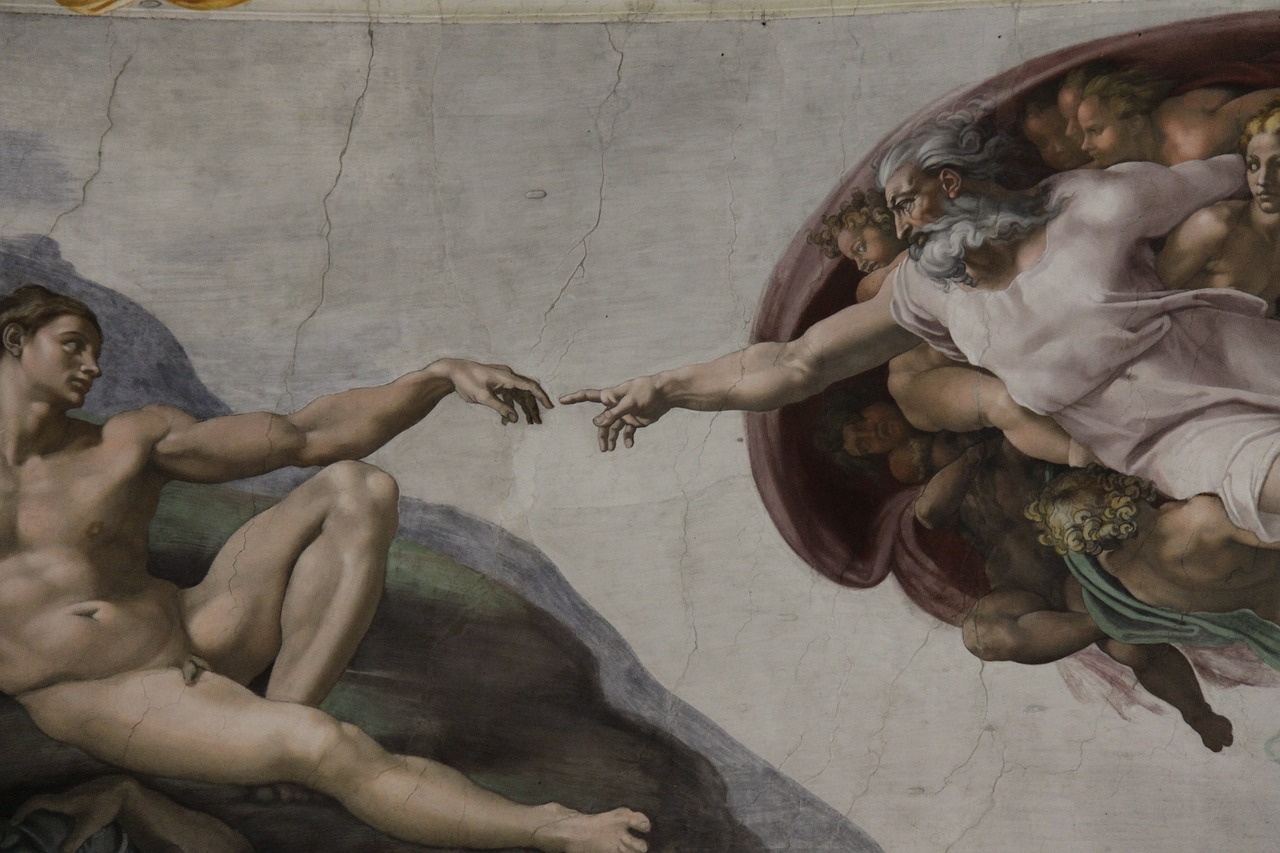
Origins of Egyptian Deities
The origins of Egyptian deities trace back to the ancient beliefs and mythologies that shaped the civilization along the Nile River. In the beginning, the Egyptians worshipped natural elements and forces, attributing divine characteristics to the sun, water, and earth. As time progressed, these primordial deities evolved into anthropomorphic figures, embodying both human and animal traits.
One of the earliest gods was Atum, associated with creation and the setting sun, symbolizing the cycle of life and death. Ra, the powerful sun god, became a central figure in Egyptian mythology, representing light, warmth, and growth. Over time, the pantheon expanded to include goddesses like Isis, known for her magic and healing powers, and Osiris, the god of the afterlife and resurrection.
The complex interweaving of local cults and regional traditions led to the formation of a diverse and intricate hierarchy of gods, each with specific roles and attributes. From the Old Kingdom to the New Kingdom, the Egyptian deities underwent transformations, absorbing new influences and merging with existing beliefs to create a rich tapestry of divine beings.
The worship of these deities was not confined to temples but permeated every aspect of Egyptian life, from agriculture and fertility rites to funerary practices and royal rituals. The gods were seen as benevolent protectors, guiding the living and the dead through the cycles of existence, offering blessings and divine justice to the faithful.
As the Egyptian civilization flourished, so did the myths and legends surrounding the gods, with epic tales of creation, battles, and journeys shaping the cultural identity of the people. The deities were not distant figures but active participants in the daily struggles and triumphs of humanity, embodying virtues and vices that mirrored human nature.
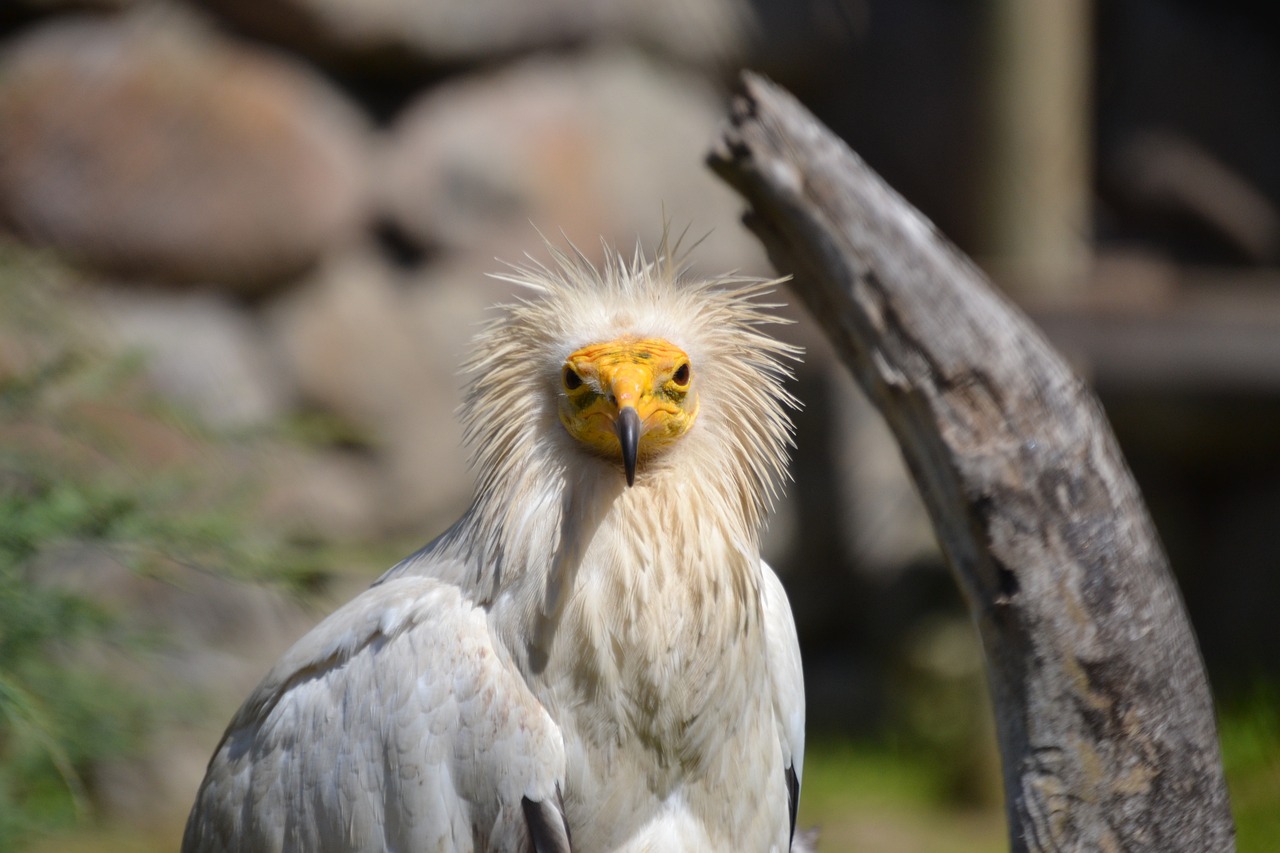
Symbolism in Egyptian Deities
When delving into the mystical world of Egyptian deities, one cannot ignore the profound symbolism embedded within these ancient gods. Each deity embodies a rich tapestry of symbolic representations and attributes that offer insights into the Egyptian worldview and cultural beliefs.
Take, for example, Osiris, the god of the afterlife and the underworld. Symbolizing resurrection, fertility, and regeneration, Osiris represents the eternal cycle of life, death, and rebirth. His green skin symbolizes the regenerative power of the Nile flood, essential for agriculture and sustaining life in ancient Egypt.
Similarly, Isis, the goddess of magic and motherhood, embodies the nurturing and protective aspects of femininity. Her wings symbolize protection, while her role as a mother reflects the importance of family and fertility in Egyptian society. Isis's ability to resurrect Osiris after his death underscores the belief in life after death and the continuity of the soul.
Horus, the falcon-headed god of kingship and the sky, symbolizes power, protection, and divine authority. His eye, known as the "Eye of Horus," represents protection, health, and royal power. The myth of Horus avenging his father Osiris's death symbolizes the triumph of order over chaos and the eternal struggle between good and evil.
Furthermore, Anubis, the jackal-headed god of mummification and the afterlife, symbolizes death, embalming, and the transition to the underworld. Anubis's role as a psychopomp, guiding souls to the afterlife, underscores the Egyptians' profound beliefs in the journey of the soul beyond death.
These symbolic representations of Egyptian deities were not merely religious beliefs but integral aspects of daily life, influencing art, architecture, and rituals. The intricate symbolism associated with each god provided a framework for understanding the mysteries of existence and the cosmic order that governed the universe.
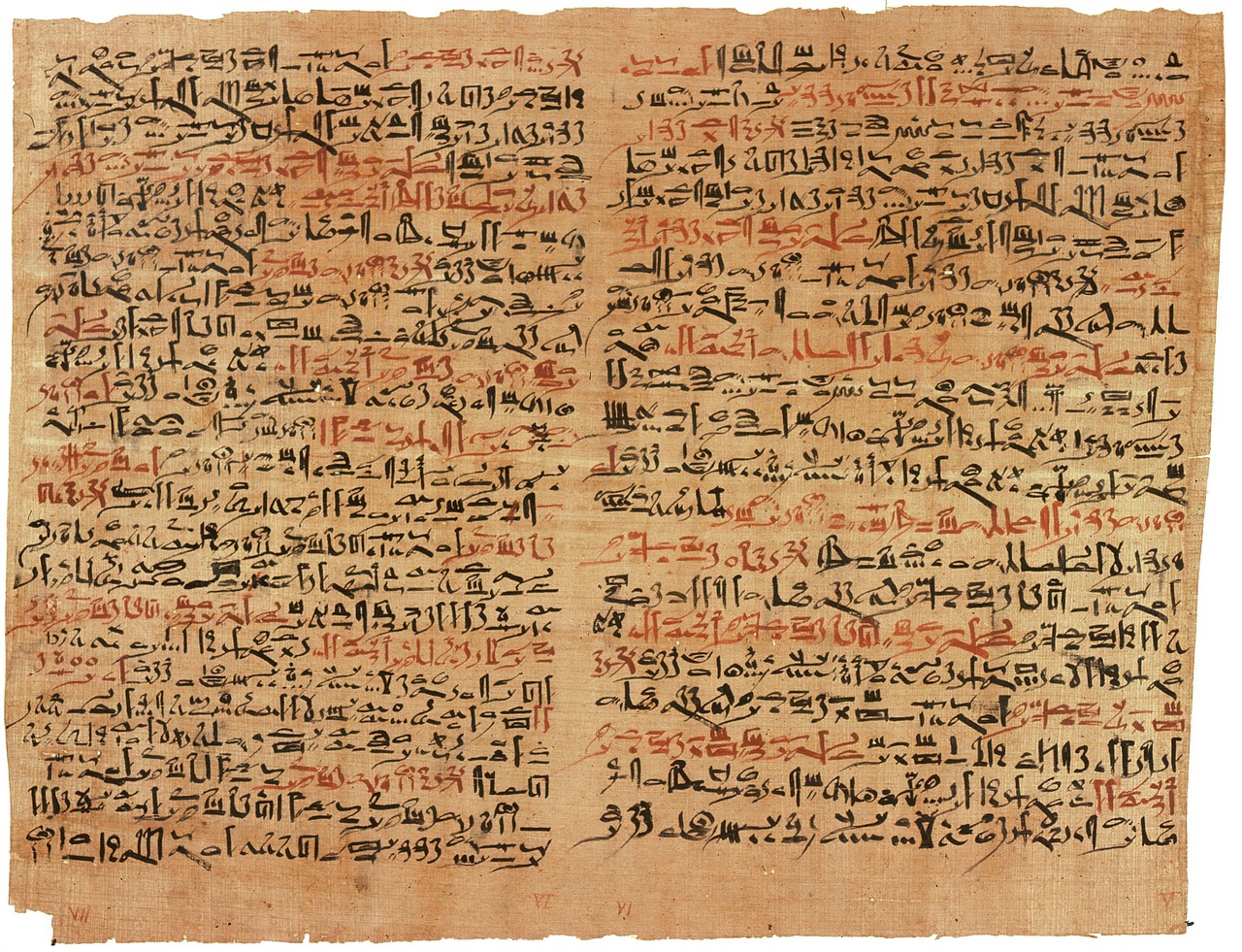
Role of Gods in Daily Life
Nine intriguing aspects of the enigmatic deities worshipped by the ancient Egyptians, shedding light on their mythology, symbolism, and significance in daily life and religious practices.
Exploring the origins and evolution of the Egyptian gods, from the earliest deities like Atum and Ra to the complex pantheon that emerged in the Old Kingdom.
Unveiling the symbolic representations and attributes associated with prominent Egyptian gods such as Osiris, Isis, Horus, and Anubis, revealing deeper meanings and cultural significance.
Understanding how Egyptian gods influenced various aspects of daily life, including agriculture, fertility, protection, and the afterlife, shaping societal beliefs and practices.
Delving into the captivating myths and legends surrounding Egyptian gods, including creation stories, battles between deities, and the journeys of the soul in the underworld.
Exploring the construction and significance of temples dedicated to Egyptian gods, rituals performed by priests, and the role of worship in maintaining cosmic order.
Examining the portrayal of Egyptian gods in art, hieroglyphic inscriptions, and temple reliefs, showcasing the visual language used to convey divine attributes and narratives.
Tracing the enduring legacy of Egyptian gods in modern culture, including their influence on art, literature, and popular beliefs, highlighting their timeless appeal and significance.
Ancient Egyptian gods played a central role in shaping the daily lives of the people. They were believed to influence various aspects of life, from agricultural abundance to protection from harm. The Egyptians revered these deities as guardians and providers, seeking their favor through rituals and offerings.
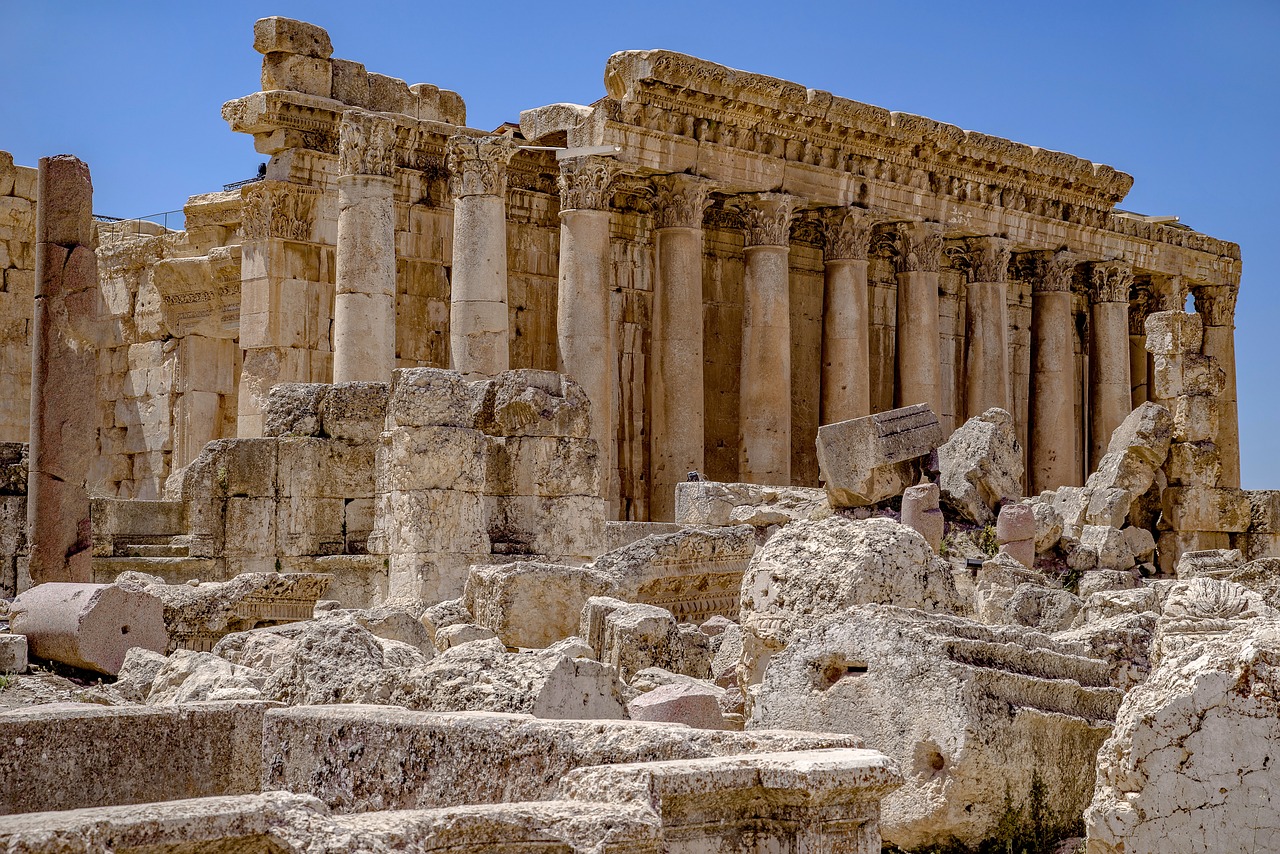
Mythological Stories
Embark on a journey through the mesmerizing mythological stories of the ancient Egyptian gods, where reality intertwines with the divine in epic tales of creation and cosmic battles. At the heart of Egyptian mythology lies the story of the god Osiris, the benevolent ruler of the underworld, who was betrayed and slain by his jealous brother Set. This tragic event led to a series of events, including the resurrection of Osiris by his devoted wife Isis, symbolizing the cycle of life, death, and rebirth.
Furthermore, the legend of Horus, the falcon-headed god of kingship and the sky, unfolds as a gripping saga of vengeance and triumph against the treacherous Set. The ongoing conflict between these two deities symbolizes the eternal struggle between order and chaos, light and darkness, echoing the fundamental principles of Egyptian cosmology.
Another captivating aspect of Egyptian mythology is the concept of the afterlife and the journey of the soul through the perilous realm of the dead. The Book of the Dead, a collection of spells and incantations, guided the deceased through various challenges in the underworld, ensuring their safe passage to the realm of Osiris for judgment and eternal life.
Moreover, the myth of the sun god Ra sailing through the sky in his solar barque, battling the serpent of chaos Apophis every night, exemplifies the eternal struggle between creation and destruction, light and darkness. These mythological stories not only entertained and educated the ancient Egyptians but also provided a moral and spiritual framework for understanding the mysteries of the universe.
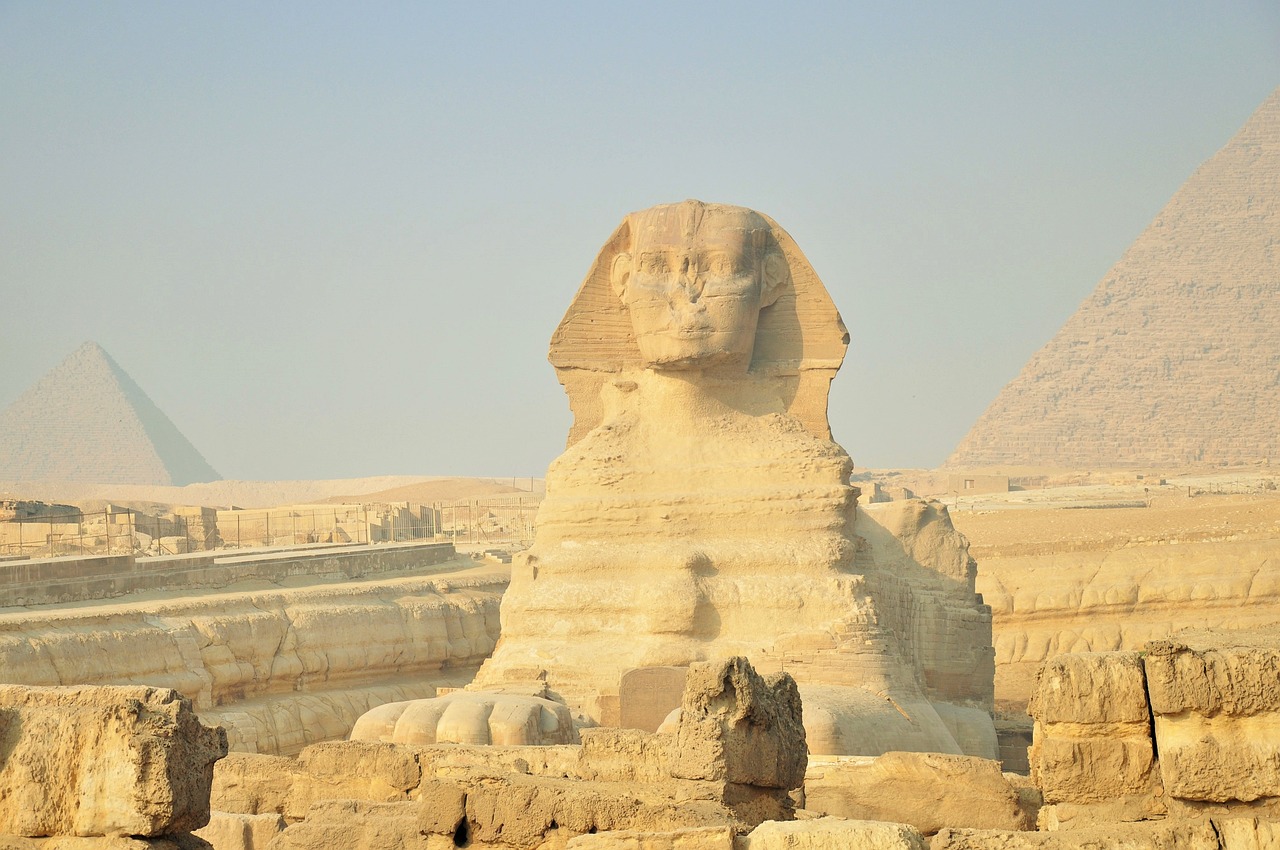
Temples and Worship
Temples dedicated to the Egyptian gods were not merely places of worship but served as vital centers of cultural and religious life. These grand structures, adorned with intricate carvings and hieroglyphs, were believed to be the earthly abodes of the deities they honored. The construction of temples was a meticulous process, reflecting the importance placed on divine worship in ancient Egyptian society.
Within these sacred precincts, priests conducted elaborate rituals and ceremonies to honor the gods and maintain cosmic balance. Offerings of food, incense, and precious items were presented to the deities as gestures of reverence and gratitude. The rhythmic chants and hypnotic movements of the priests created a mystical atmosphere, connecting the mortal realm with the divine.
Temple complexes often included various chambers and halls dedicated to different gods, each serving a specific purpose in the religious rites. The innermost sanctuaries housed the sacred statues of the gods, believed to embody their divine essence. Priests performed daily rituals to awaken the gods in the morning and bid them farewell at night, ensuring their continuous benevolence upon the people.
Worship in ancient Egypt was not confined to the elite or priesthood; common people also participated in religious activities at temples. Festivals celebrating the gods were held throughout the year, drawing crowds of devotees who sought blessings, healing, and guidance from the divine beings. These communal gatherings fostered a sense of unity and shared spirituality among the populace.
The architectural layout of Egyptian temples, with their towering pylons, courtyards, and hypostyle halls, symbolized the cosmic order and the gods' dominion over the earthly realm. The intricate decorations adorning the walls depicted mythological scenes, rituals, and offerings, serving as visual narratives of the gods' power and influence in the world of mortals.
Through their temples and worship practices, the ancient Egyptians sought to maintain harmony with the gods and ensure the prosperity and protection of their civilization. The meticulous attention to detail in temple construction, the solemnity of rituals, and the fervent devotion of the worshippers underscored the profound significance of religion in every aspect of Egyptian life.
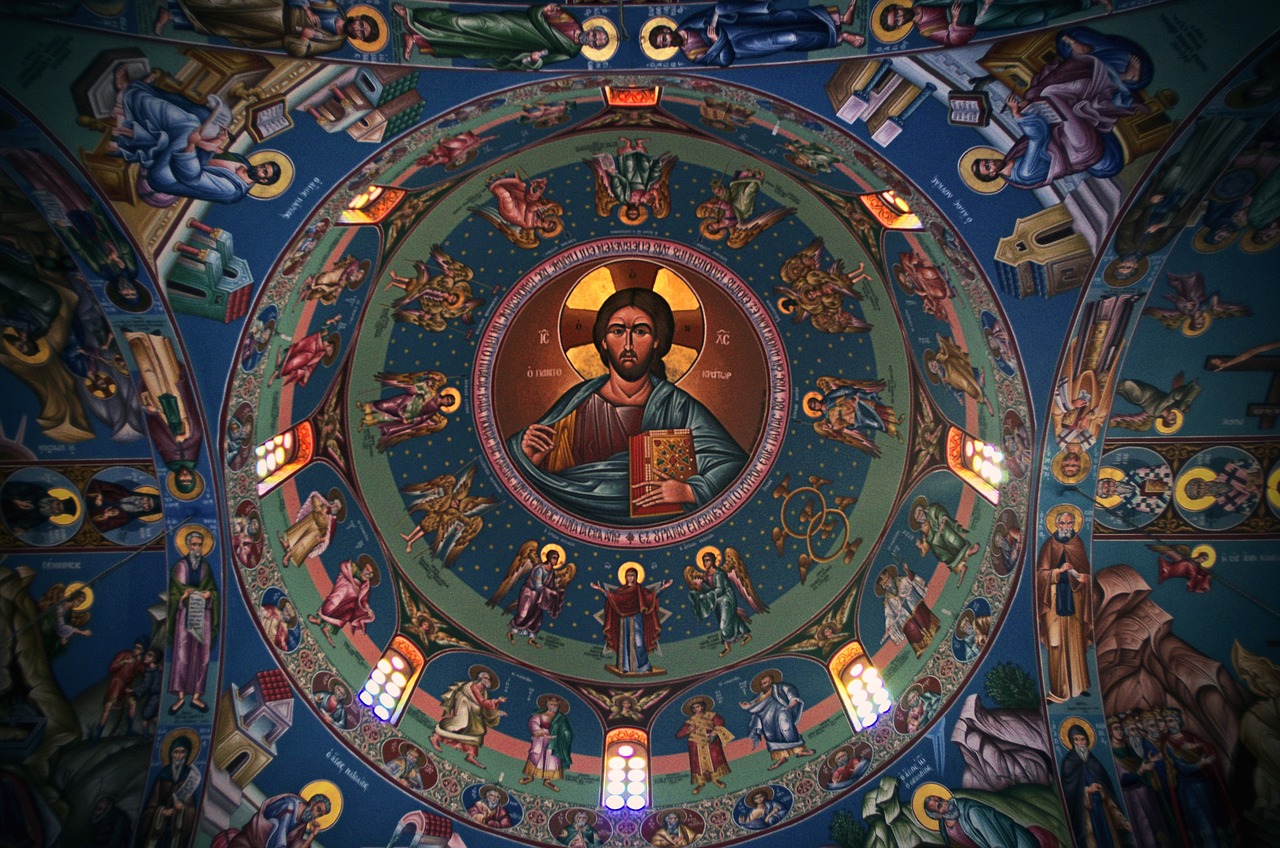
Gods in Art and Hieroglyphs
The depiction of Egyptian gods in art and hieroglyphs was not merely a representation but a profound expression of their divine attributes and significance in the ancient Egyptian belief system. Artists and scribes meticulously crafted images and inscriptions to convey the power, symbolism, and stories associated with each deity. In temples and tombs, the gods were depicted in various forms, each with specific symbols and characteristics that communicated their roles and mythological narratives.
For example, the god Horus, often portrayed with the head of a falcon, symbolized kingship, protection, and the sky. His presence in hieroglyphs and reliefs signified the pharaoh's connection to the divine and his role as a mediator between the earthly realm and the gods. Similarly, the goddess Isis, depicted with outstretched wings, represented motherhood, magic, and resurrection. Her image adorned amulets, tombs, and temple walls, invoking her protective and nurturing qualities.
The intricate details in Egyptian art and hieroglyphs served not only as visual representations but also as a means of preserving religious beliefs and mythological stories for future generations. Symbols such as the ankh (symbol of life), the eye of Horus (symbol of protection), and the scarab beetle (symbol of rebirth) were recurrent motifs associated with specific gods and concepts, enriching the visual language of Egyptian religious iconography.
Moreover, the hieroglyphic script itself was a sacred form of writing used to record prayers, hymns, and mythological texts dedicated to the gods. Each symbol carried both phonetic and ideographic meaning, allowing scribes to convey complex ideas and spiritual concepts through written language. The combination of art and hieroglyphs in depicting Egyptian gods created a multi-dimensional representation that transcended mere aesthetics, embodying the essence of divine power and cosmic order.
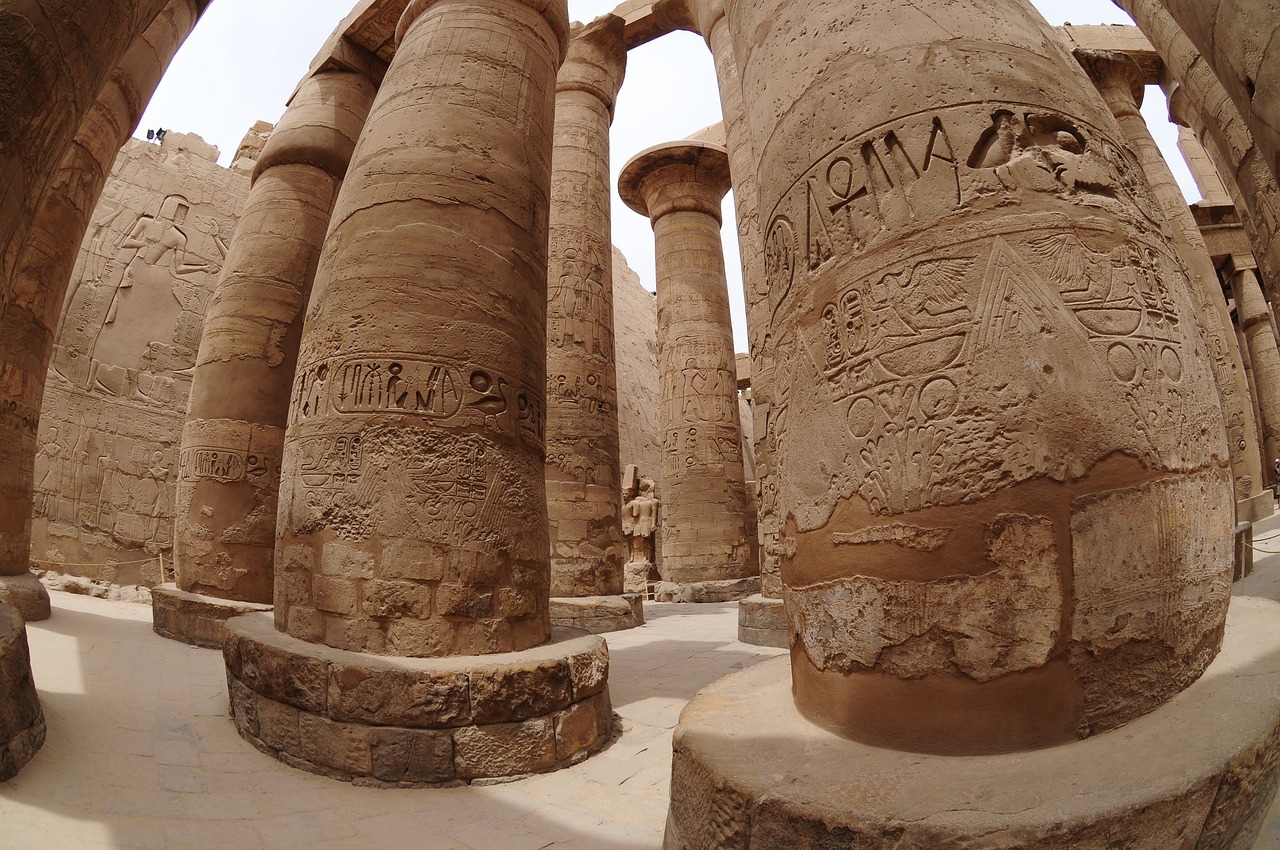
Legacy of Egyptian Gods
As we journey through the annals of history, the legacy of Egyptian gods stands as a testament to the enduring power of ancient beliefs and mythologies. These enigmatic deities, with their intricate stories and symbolic representations, continue to captivate and inspire us in modern times. From the majestic temples dedicated to their worship to the intricate hieroglyphs that immortalize their tales, the influence of Egyptian gods reverberates through the ages.
The legacy of Egyptian gods extends beyond the confines of ancient temples and scrolls, seeping into various aspects of contemporary culture. Their images and stories have found a place in art, literature, and popular culture, serving as a wellspring of inspiration for artists and writers around the world. The timeless appeal of gods like Ra, Isis, and Anubis transcends boundaries of time and space, resonating with a universal fascination for the mystical and divine.
Moreover, the legacy of Egyptian gods is not merely confined to artistic expression but also permeates our collective consciousness in subtle ways. Concepts and themes associated with these ancient deities often find echoes in modern beliefs and practices, subtly shaping our worldview and understanding of the supernatural. The enduring presence of Egyptian gods reminds us of the intricate tapestry of human spirituality and the enduring quest for meaning in the cosmos.
Frequently Asked Questions
- Who were the most important Egyptian gods?
The ancient Egyptian pantheon consisted of numerous deities, but some of the most significant gods included Ra, Osiris, Isis, Horus, Anubis, and Thoth. These gods played vital roles in Egyptian mythology and religious beliefs.
- What was the significance of Egyptian gods in daily life?
Egyptian gods were believed to influence various aspects of daily life, such as agriculture, fertility, protection, and the afterlife. People worshipped these gods to seek their blessings and guidance in different endeavors.
- How were Egyptian gods depicted in art and hieroglyphs?
Egyptian gods were often depicted in art and hieroglyphs with symbolic attributes that represented their roles and characteristics. Artists used specific symbols and visual cues to convey the divine nature of these gods.
- What is the legacy of Egyptian gods in modern culture?
The legacy of Egyptian gods can be seen in various aspects of modern culture, including art, literature, and popular beliefs. Their influence continues to inspire creativity and fascination with ancient Egyptian mythology.



















